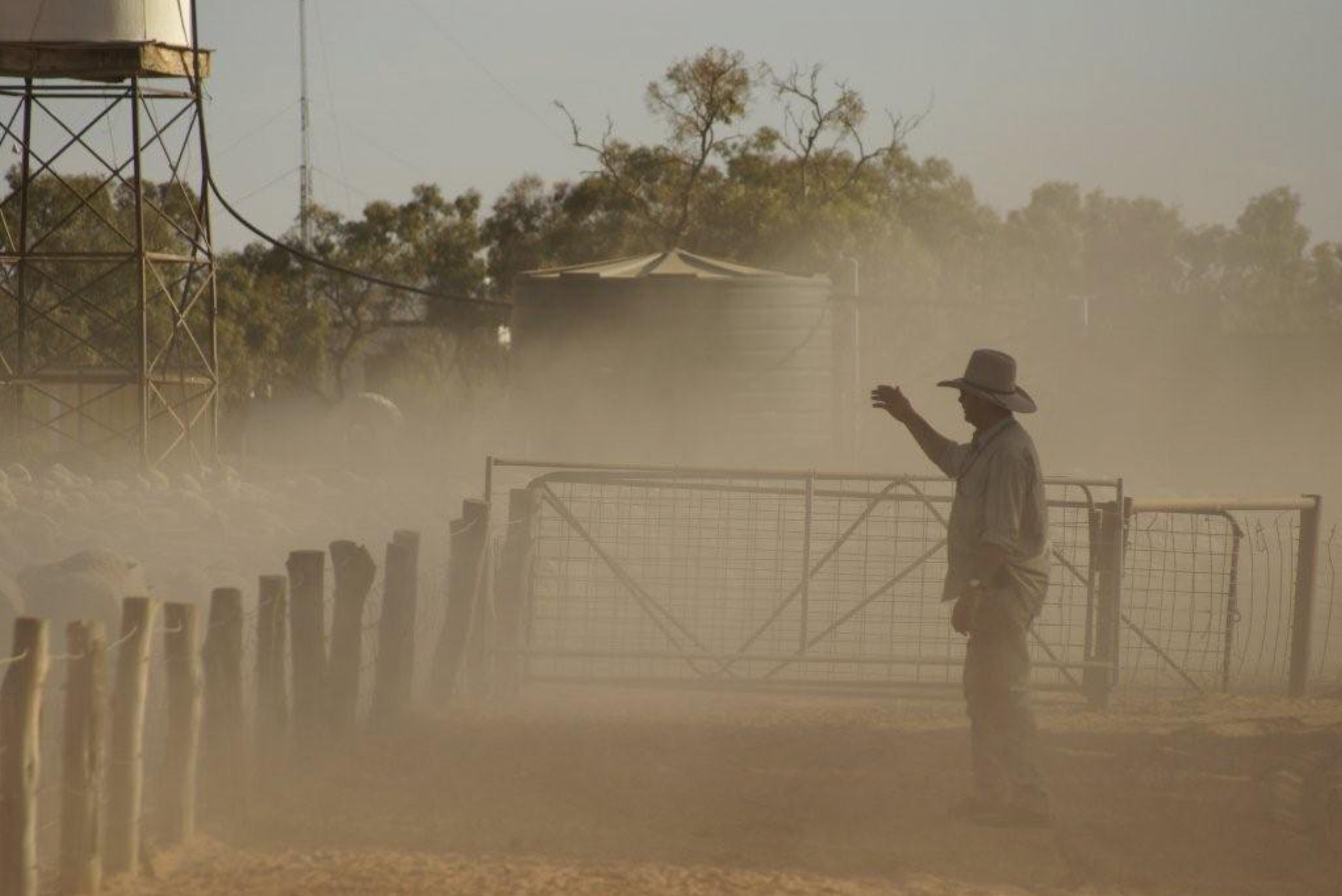We consider how the water treatment equipment can be designed to integrate with other on-site infrastructure such as tanks, pipes and filters to maximise output for multiple purposes (for example livestock, crops, gardens or people).
We also consider strategies to reduce power consumption to create and optimise system efficiencies.
We then design, manufacture and install the system along with providing training and ongoing maintenance and consulting services.
Step 1 - test
In most cases the requirement is to convert unusable lake or bore water into drinking or homestead water. The first essential step is conducting a water test to inform specific design requirements.
Step 2 - design
Equipment and plant design is a highly specialised field. It can incorporate filters and bypasses to accommodate different salinity levels for varied use.
We consider how each client can minimise power costs and by-product waste within the overall design hierarchy.
Step 3 - proposal
Following collaboration with you, we refine the solution and put together a proposal including design drawings, technical explanations, product components, shipping options and pricing.
Step 4 - build
Upon agreement to proceed and receipt of a purchase order, we initiate procurement where necessary and begin the build, keeping you updated.
It’s likely that during this phase you will be preparing your property for delivery of the system and connections to existing infrastructure.
Step 5 - install
The Rowater team is usually on site for the equipment installation, taking the opportunity to conduct training for simple maintenance tasks.
An exciting moment is when everyone fills their glasses to taste the clean, pure water!
Step 6 - maintain
The equipment is built to be in use for decades. Rowater offers annual maintenance services to ensure the long life of your system and continued water quality.
Pro-active monitoring also occurs via RO-FIT, Rowater's in-house-designed Internet monitoring software which is installed on the equipment.

Download a boom sprayer brochure
Learn how we can keep your boom sprayer in top condition with a Pro E Series filter.
click to download

Rural brochure
Learn how Rowater can assist people with rural properties to produce a constant supply of high quality water.
click to download

Poultry farming brochure
High quality water for poultry farming.
click to download
Refreshing weary travellers for many years
The Prairie Hotel is an iconic landmark and legendary destination in remote Parachilna, Flinders Ranges, South Australia. Owned and operated by Ross and Jane Fargher since 1991, the hotel delivers warm hospitality, memorable dining and house-brewed beers, made using high quality water from their Rowater reverse osmosis system.

Pine View Station

Brunette Downs Station

Almerta Station





